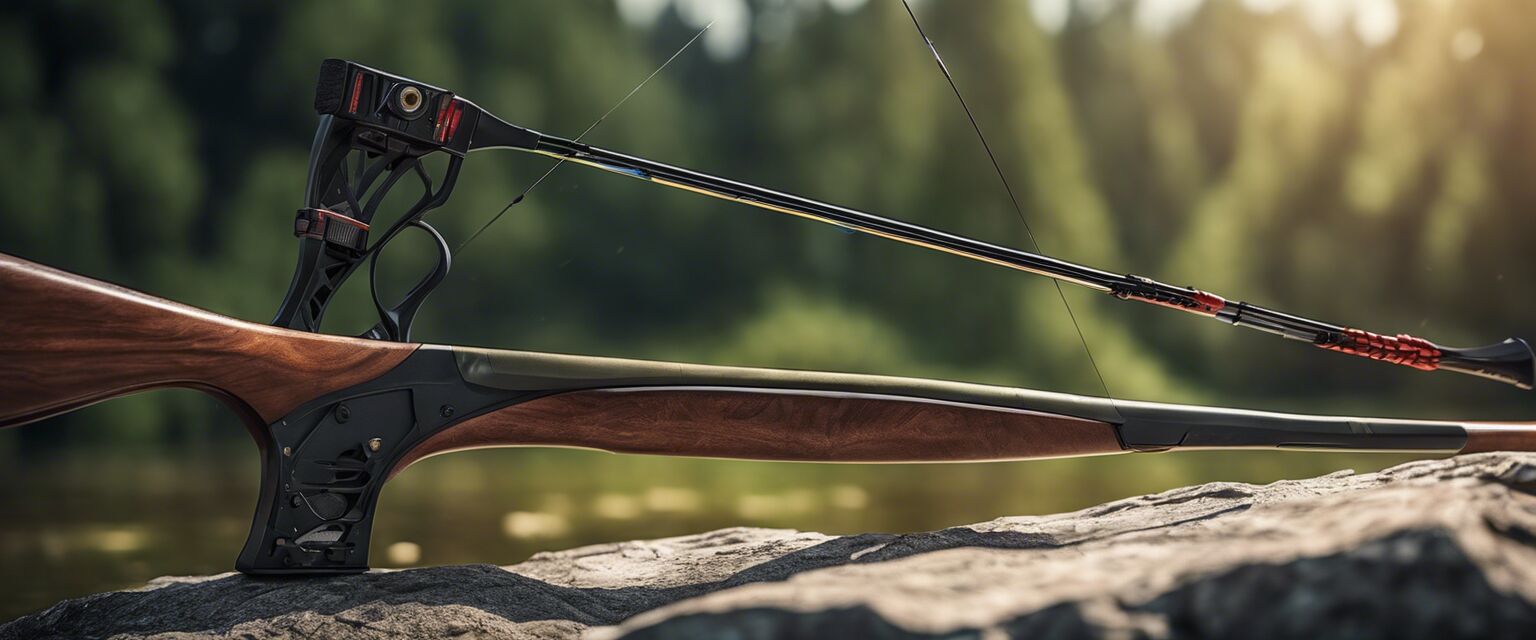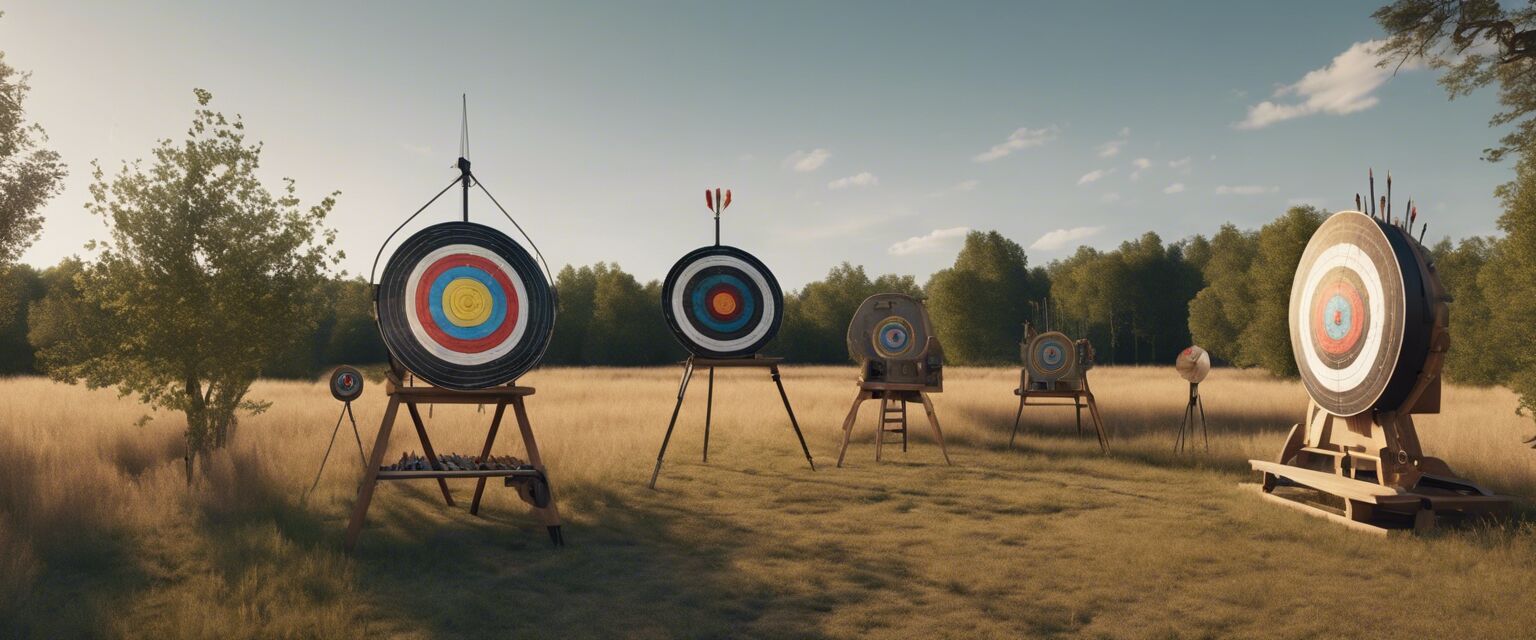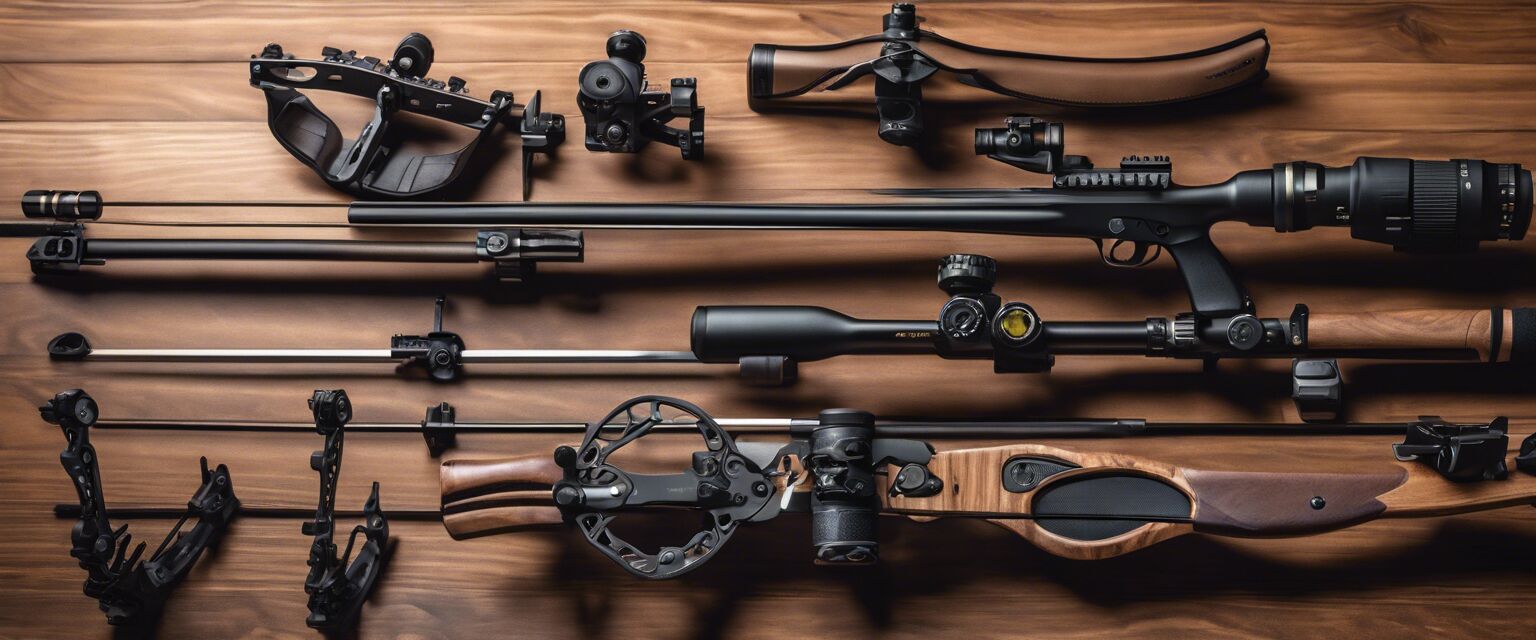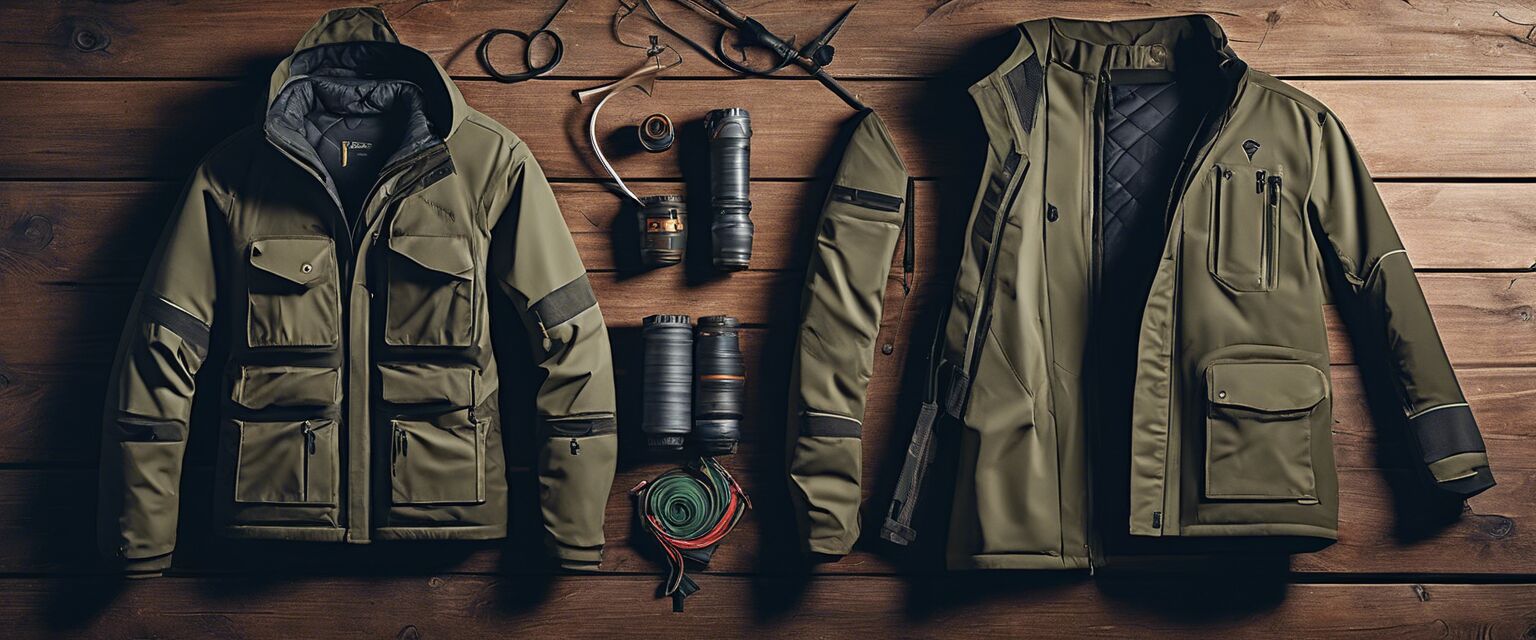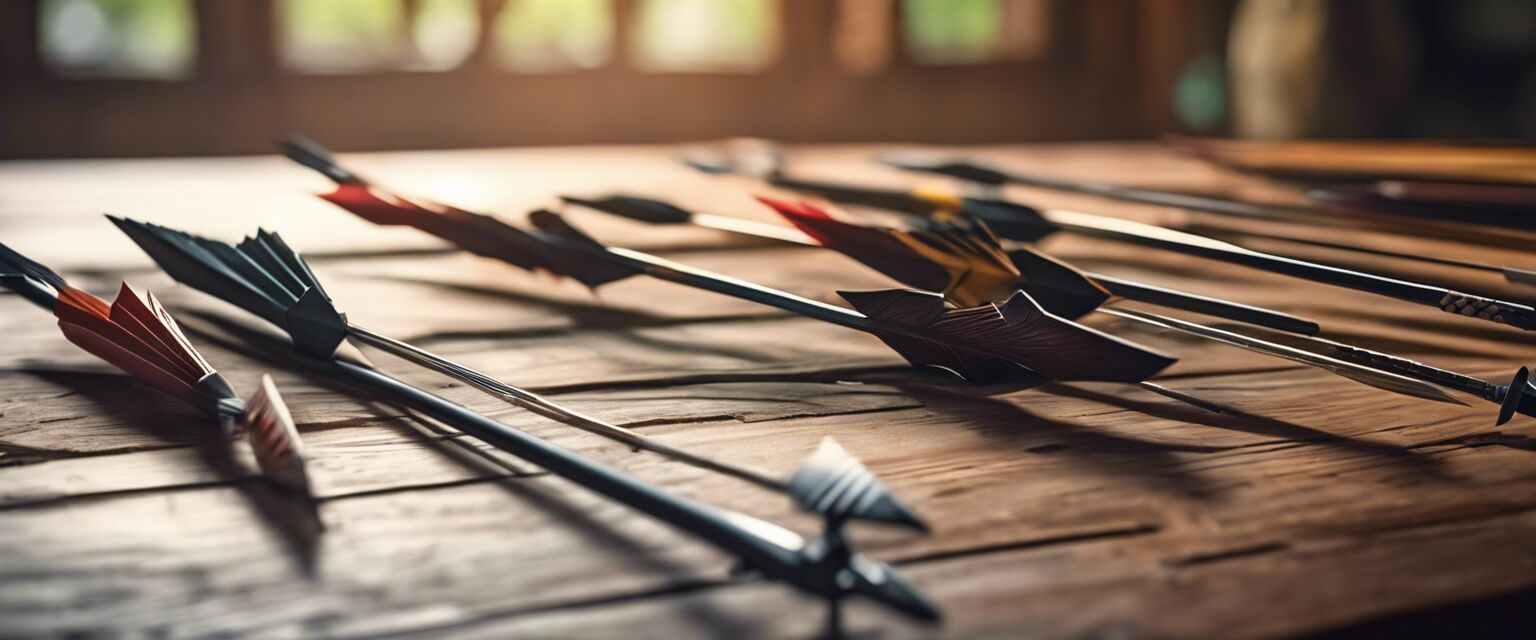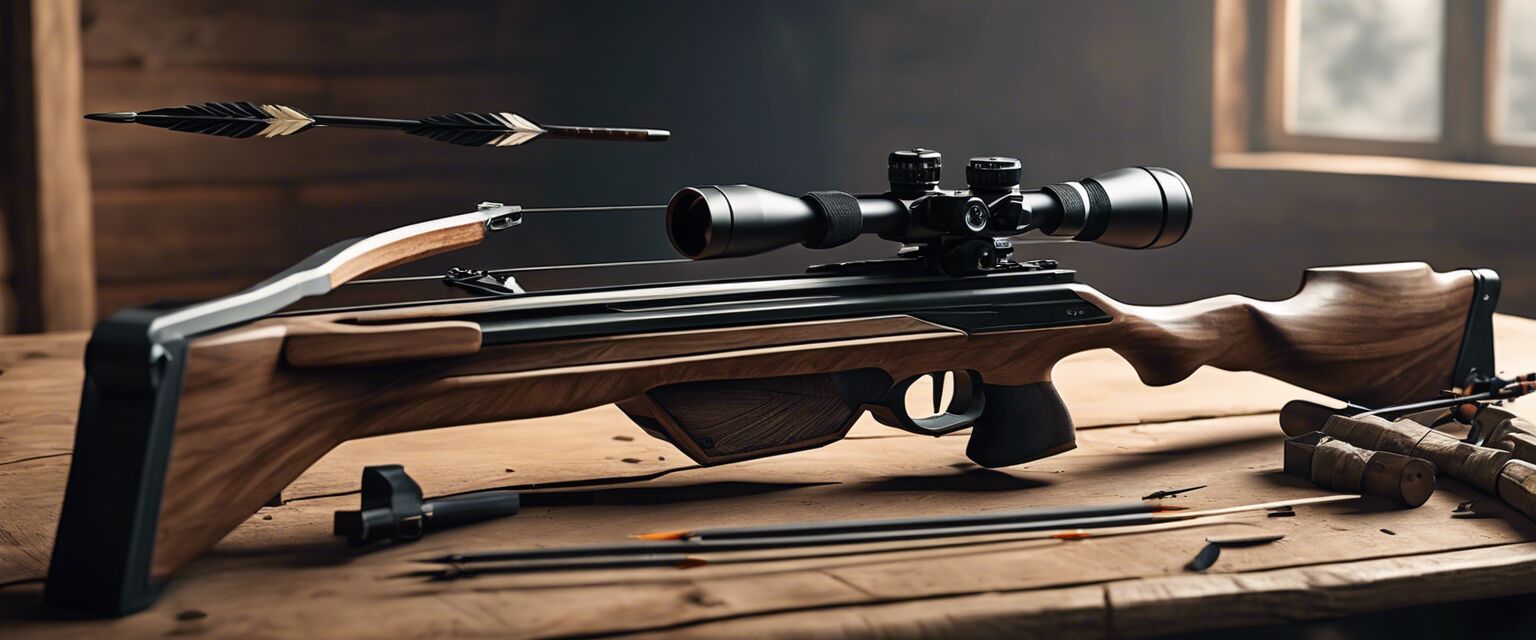
Crossbows Reviews
Welcome to our comprehensive guide on crossbows, where we delve into detailed reviews focusing on their performance, build quality, and overall value for money. Whether you are a seasoned archer or a beginner, this article will help you choose the right crossbow for your needs.
Key Takeaways
- Crossbows come in various styles and specifications, catering to different needs.
- Performance factors include speed, accuracy, and range.
- Build quality is essential for longevity and consistent performance.
- Value for money is determined by the features and performance of the crossbow.
Understanding Crossbows
Crossbows have become increasingly popular for hunting and target shooting. They offer a unique blend of power, accuracy, and ease of use, making them an attractive option for many archery enthusiasts. Below, we will explore the different types of crossbows and their features.
Types of Crossbows
| Type | Description | Best For |
|---|---|---|
| Recurve Crossbows | Simple design with limbs that curve away from the shooter. | Target shooting and hunting. |
| Compound Crossbows | Utilizes a system of pulleys to reduce the force required to draw the string. | Hunting and competitive shooting. |
| Pistol Crossbows | Smaller and more compact, designed for short-range shooting. | Beginner practice and backyard fun. |
Performance Factors
When evaluating a crossbow, performance is crucial. Here are the key factors to consider:
- Speed: Measured in feet per second (FPS), speed affects how quickly an arrow travels.
- Accuracy: The ability to hit a target consistently. This can be influenced by factors like draw weight and scope quality.
- Range: The effective distance at which the crossbow can accurately hit a target.
Performance Comparison Table
| Model | Speed (FPS) | Accuracy (Inches at 30 yards) | Effective Range (Yards) |
|---|---|---|---|
| Model A | 400 | 2 | 40 |
| Model B | 350 | 3 | 35 |
| Model C | 420 | 1.5 | 50 |
Build Quality
The durability and craftsmanship of a crossbow can greatly affect its performance and longevity. Here are some build quality aspects to consider:
- Material: Look for crossbows made from high-quality materials like aluminum or composite for better durability.
- Finish: A good finish can prevent rust and wear, prolonging the life of the crossbow.
- Components: Ensure that all components, such as the trigger and limbs, are built to last.
Build Quality Comparison Table
| Model | Material | Weight (lbs) | Warranty (Years) |
|---|---|---|---|
| Model A | Aluminum | 7.5 | 5 |
| Model B | Composite | 8.0 | 3 |
| Model C | Aluminum | 6.5 | 4 |
Value for Money
When investing in a crossbow, it's essential to assess its value for money. Hereâs what to consider:
- Features: Does the crossbow offer additional features like adjustable stocks or integrated sights?
- Performance vs. Cost: Compare the performance metrics with the price to determine if itâs worth it.
- Brand Reputation: Established brands often provide better after-sale support and warranty.
Value for Money Comparison Table
| Model | Price ($) | Features | Overall Rating |
|---|---|---|---|
| Model A | 499 | Adjustable stock, integrated scope | 4.5/5 |
| Model B | 350 | Basic features | 4/5 |
| Model C | 600 | Premium features, longer warranty | 4.8/5 |
Conclusion
Choosing the right crossbow involves considering various factors including performance, build quality, and value for money. By understanding these aspects, you can make an informed decision and enhance your archery experience.
Further Reading
For more information on related archery gear, check out our other articles:
Tips for Beginners
- Start with a lower draw weight to build strength.
- Practice consistently to improve your accuracy.
- Always follow safety guidelines when handling crossbows.
Pros
- High accuracy and speed.
- Suitable for various shooting styles.
- Easy to use for beginners.
Cons
- Can be heavy and cumbersome.
- Requires practice for optimal use.
- Cost can be high for premium models.
Images of Crossbows




